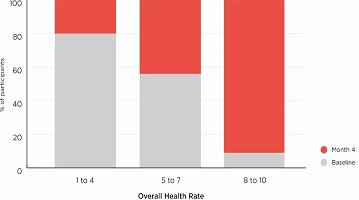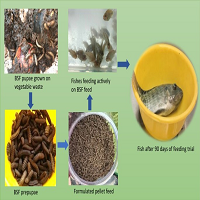Pancreatic leaks may occur after pancreatic surgery or any kind of surgery at the peripancreatic region. Pancreatic leaks may also develop after an episode of acute pancreatitis or pancreatic/abdominal trauma. Leaks may originate from the main pancreatic duct (MPD) or from side branches.
Initially, leaking of pancreatic secretions take place and get collected in the peripancreatic area. Subsequently, the collection evolves to forming either a pseudocyst, an internal pancreatic fistula (IPF) or an external pancreatic fistula (EPF).1
A normal pancreatic duct (PD) with a small leak of pancreatic juice from one of the side branches may heal spontaneously, whereas a persistent leak from an MPD disruption is often complicated by pseudocyst formation, internal fistula formation, or external pancreatic fistulas (EPF).2 External pancreatic fistulas often appear when a tract to the skin of PD is formed usually after percutaneous or surgical interventions to treat the leak or spontaneously.
Pancreatic duct leaks and fistulae can lead to significant morbidity and mortality. Traditionally, pancreatic fistulas are managed conservatively with fluid drainage, general support, total parenteral nutrition, and pancreatic secretion inhibitors. This strategy can effectively heal most of the low volume leaks. For persistent leaks, traditionally, surgical treatment is considered as the treatment of choice. Recently, there is a trend towards more aggressive medical management, to avoid surgery. Endoscopic transpapillary or transmural treatment and resolution of pancreatic leaks are now frequently reported, making pancreatic endotherapy a key player in the management of pancreatic leaks and fistulae.
Most biliary leaks and fistulas are traditionally treated by endoscopy. Major incidence of biliary leaks can be resolved with the elimination of the bile duct–duodenum pressure gradient by biliary sphincterotomy or stenting.3 There are many similarities but also crucial differences in the treatment of biliary and pancreatic leaks. The differences lie in the physiology of biliary and pancreatic secretion. Bile is secreted by hepatocytes4 and modified by cholangiocytes by secretory and reabsorptive processes as bile passes through the ducts.5 Bile production is more or less a constant process (tonic production) with little extrahepatic regulation. The mean basal flow of bile in humans is approximately 620 mL/d or 25 mL/h.5
Pancreatic juice production on the other hand is a highly regulated process (tonic and phasic production). In the fasting state, human pancreatic exocrine secretion is cyclical and closely correlated with upper gastrointestinal motility. Ingestion of a regular meal disrupts this interdigestive pattern within minutes and induces postprandial enzyme secretion.6 The primary secretagogues for acinar secretion are acetylcholine released from vagal postganglionic neurons and Cholecystokinin (CCK) released from intestinal endocrine cells.7 When maximally stimulated, pancreatic juice production reaches a rate of 30-100 mL/min. This rapid increase in pancreatic juice production and flow lead to high intraductal pressure.
From this whole discussion it can be concluded that the pancreatic duct is a high-pressure system compared to the biliary duct. This is why a pancreatic sphincterotomy alone is not enough to heal a pancreatic fistula. A tailored approach is needed to achieve prime results.
CONFLICTS OF INTEREST
The authors declare that they have no conflicts of interest.








